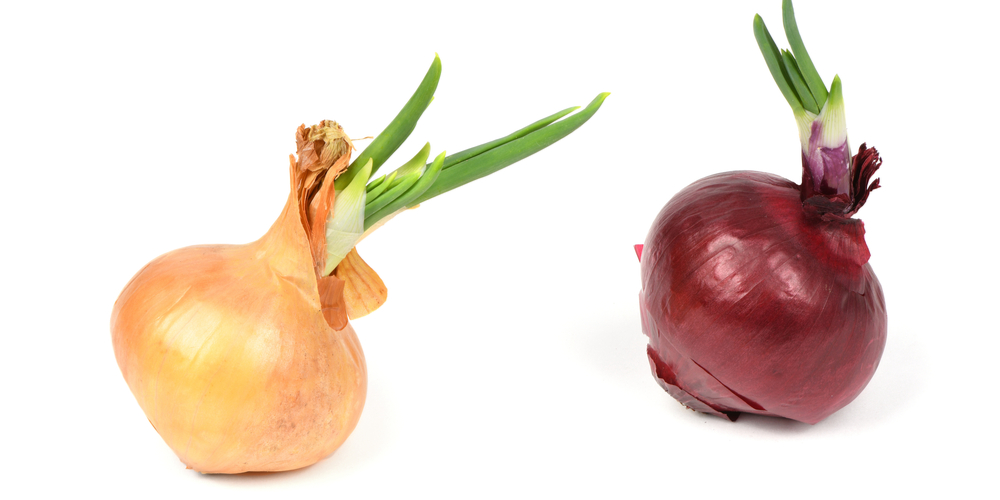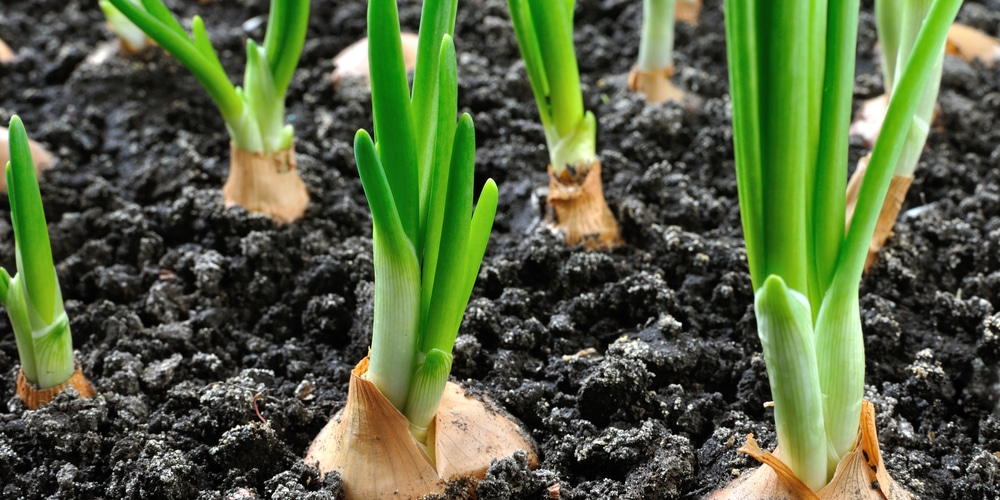Growing onions in Washington state is not that hard as long as you know what you’re in for. The question of when to plant onions in Washington- you can start them as soon as March or in early April.
When to Plant Onions in Washington State
Onion plants are somewhat cold hardy cultivars that can survive winter. You can actually plant them anytime during the year- some will put onions in spring for a summer harvest, while others will grow onions late summer or fall to get a spring harvest.
In Washington however, most people tend to start their planting come March or April. Regardless of whether you live in the north, east or west, the one thing you should know about growing onions is that it needs a certain number of daylight hours to form bulbs.
They thrive best when there are long hours of daylight that’s similar to summer. For this reason it’s recommended that Washington onion growers get long-day varieties such as the Walla Walla because it’s a great fit for the region.
The best time of planting is in early spring and following a spring-summer growing period.
Most growers will want to get an onion bulb in the end, but if you’re fine with harvesting green onions then you won’t need to follow a planting schedule.
It’s worth noting that onions take somewhere between 5 to 6 months. With the right cultivar and amount of daylight hours your onions should thrive and be ready for harvest soon.
How to Plant Onions in Washington State
The first step to planting onions in Washington is to pick the right site and soil medium. Onions do very well in soil that has a lot of organic matter and nutrients, so make sure to check for fertility or amend with compost and similar content to make it viable.
Onions can tolerate mineral soils but they prefer a slightly acidic medium. Keep in mind that the more sun the long-day varieties get the better the quality and size of the harvest.
Put them in a place where they can get unfettered access to direct sunlight.
Instead of starting from seed you should start ‘sets’, or those that have grown last year. You’ll find them at nurseries and garden shops.
Choose the ones that have dime-sized circles at the bottom and are firm because they are the ones that have a higher chance of turning into a full-grown bulb.
Plant the sets an inch deep and about 4 inches apart from each other. For rows, you’ll want to observe around 14 inches of space, while in beds or rows you should have a 4 inch center.
If you want large or small green onions, you should space 3 to 4 inches or 2 inches apart, respectively.
If you wish to start from seed you can sow them as soon as the risk of frost has passed. Observe a 2 inch spacing and plant the seeds an inch deep in rich organic soil. It’s also possible to start them indoors and transplant them when the seedlings are around 3 to 4 inches tall.
How to Grow Onions in Washington State
Once you’ve established your onion sets or seedlings here are a few tips to grow them well.
Onion plants love a constantly moist soil and might die or shrivel if left alone for too long a period of time. Their roots are shallow, and they need water and sunlight in order to thrive.
You may want to place them close to a water source in your yard or garden so you can water them regularly.
It’s important to have the planting ground as free from weeds as possible. Adding a layer of organic mulch can act as a double-edged sword as it retains moisture and inhibits the growth of pesky weeds.
Onions like a nitrogen-rich soil, but then again having too much of it can be detrimental. If you’re having second thoughts on whether to feed or not, have the soil tested to check for nitrogen levels.
You’ll know when your onions are ready when the neck and top have browned and fallen over. If this is the case, pull them out of the ground then allow them to dry in the shade and be exposed to natural air.
Related Article: Is Onion a Vegetable?


